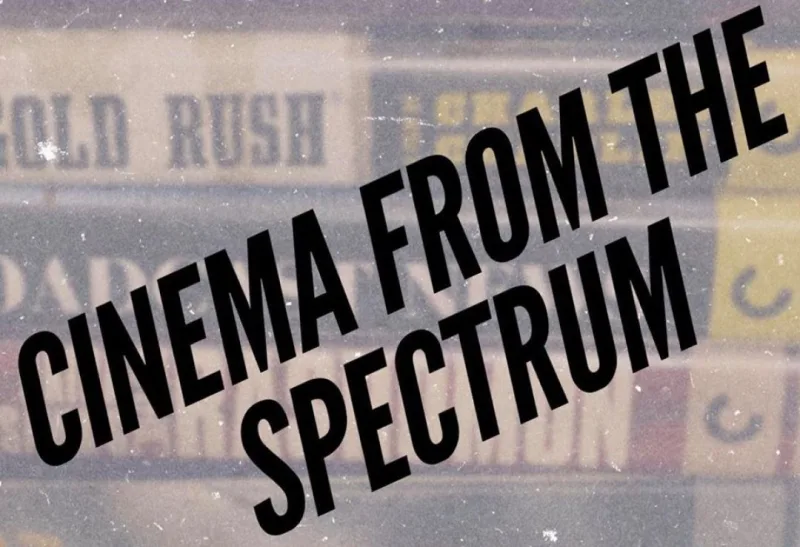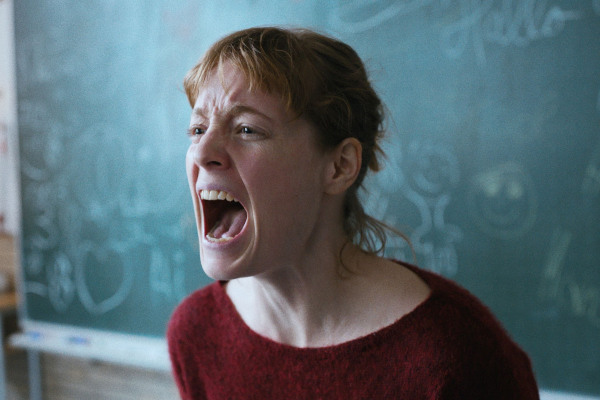✯✯✯✯✯
What’s it feel like to be so overwhelmed by the outside world, and you can’t cope up with the way it moves? It isn’t an easy feeling to describe, and that’s what Jane Arden somehow managed to beautifully capture in The Other Side of the Underneath. Because there’s no real answer to describe why these people are exactly the way they are, the peculiarity of an experience much like The Other Side of the Underneath soon finds itself able to stand out. Being the only British feature from the 1970’s to be solely directed by a female, perhaps there’s another layer to the madness that The Other Side of the Underneath is depicting, since there’s really no other way to describe such a frenetic experience that could only have been told the way it is by its own era.

It’s hard enough really trying to describe what exactly is The Other Side of the Underneath about, because it isn’t one that abides to the typical narrative structure but is formed around the schizophrenia of being placed within the moment. Set within a therapy session for girls, The Other Side of the Underneath tells a story about repressed guilt at the hands of societal taboos at the time, as it slowly builds up and explodes into more. It’s hard enough trying to provide a synopsis for a film that doesn’t really tell so much of a story, but it’s one that moves around its claustrophobic setting to really capture the schizophrenia to such an overwhelming degree. It wanders around what could be seen as a “normal society,” where everything moves a certain way and those who can’t cope get shut out. You can’t read a synopsis to get an idea of what The Other Side of the Underneath is about given the odd symbolic imagery it throws at you, you just have to experience it for yourself and be maddened.
Director Jane Arden, who also appears in the film as a therapist, adapted her own play A New Communion for Freaks, Prophets, and Witches into this film. Given as Arden’s theatre group had abode to a radical feminist philosophy, it would only remain reflected in this film adaptation of her own play, soon capturing another sense of madness. This is a film about how the repressed anger had only been dismissed by societal norms as mere insanity, but in this world that Jane Arden forms – it’s so hard to tell whether these people are sane or not. You just know that they’re overwhelmed by the circumstances of what comes around them, because The Other Side of the Underneath isn’t a film telling a mere story but one that uses its setting to evoke a feeling of discomfort on every chance it has. It asks us what does it truly mean to be insane, because a “normal” point of view would shut out this perspective in favour of their narrow worldview.
If this film ever really had a story, we are still presented with a protagonist played by Susanka Frakey – who has been placed within what appears to be an insane asylum where every woman present is dressed in a nightgown. The therapist, who also appears to be the only person that is in charge of the madhouse, is played by none other than writer-director Jane Arden herself. Because even the psychiatrist herself still appears tortured, there’s another angle to The Other Side of the Underneath that intends to challenge the authorities that dictate what women’s roles in society – all from building up this anger right before it explodes into something of greater proportions. The societal commentary that Jane Arden inserts into this, via the surrealistic imagery or the mere fact that Arden had her “actresses” on constant LSD trips as she was their “therapist” soon builds everything up to become much more frightening, but that’s why it is never any less than fascinating to watch.
But another question being asked by this work is this, can you truly point out what exactly it is like to be insane? For a male perspective, being that this film happens to be the only British film from its era to be directed by a woman, what can they truly make of their own roles in society because of how much their own actual voices have been repressed? For as violent and as shocking as The Other Side of the Underneath gets, it still succeeds at bringing out a feeling of discomfort because of the guilt that these women have felt on the count of their own sexuality. Watching The Other Side of the Underneath, I almost felt another sense of guilt coming to me – yet it wasn’t particularly easy to point out. It just happened as is, and that’s all I could say.
I don’t really know if I can accurately come up with a coherent review to describe what it is like to watch The Other Side of the Underneath, but I nonetheless urge you to see it. It’s hard to really pinpoint what sort of film this is, whether it be an avant-garde drama or psychological horror film all about the experiences of women, but it’s easy to say that one won’t ever feel the same after they come out from watching this explosion of madness. This is a film where you just know all the worst aspects feel so distinctively real, and thus it makes for a devastating if maddening watch. Once you enter The Other Side of the Underneath, you simply can’t go back.
Watch a clip right here.
All images via BFI.
Directed by Jane Arden
Screenplay by Jane Arden, from her play
Produced by Jack Bond
Starring Liz Danciger, Penny Slinger, Sheila Allen, Suzanka Fraey
Release Year: 1972
Running Time: 133 minutes











